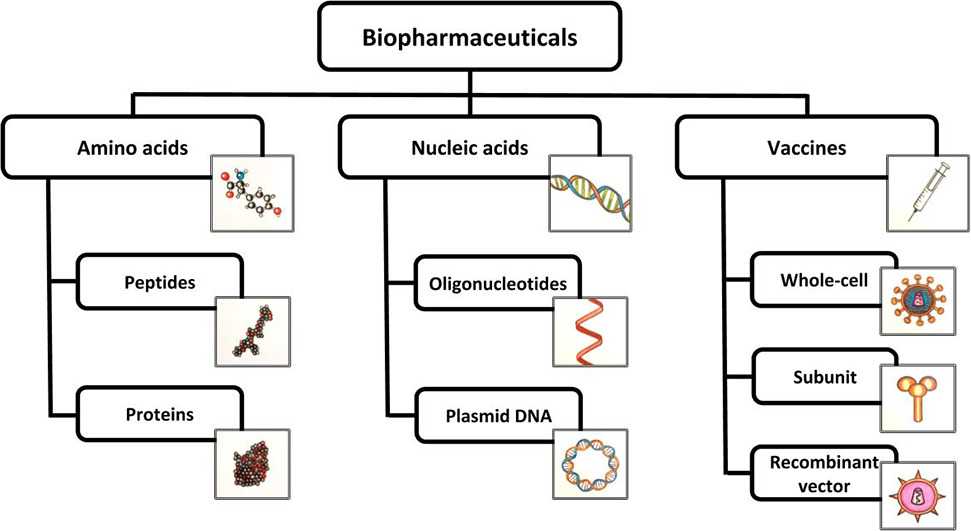India is capable of ensuring equitable access to biopharmaceuticals

According to the World Health Organisation (WHO), an estimated two billion people across the world do not have access to essential medicines for life threatening diseases like cancer, AIDS and even autoimmune diseases like Type 1 diabetes.
In India, this situation is far more appalling, with an estimated 65 per cent of the population lacking access to potentially life-saving drugs and health-related expenditure constituting about 63 per cent of total out-of-pocket household expenses.
In this context, it is important to improve access to essential medicines in our country by taking measures aimed at reducing the cost of drug production, introducing more cost-effective options to expensive biopharma products and improving their distribution and availability across urban and rural centres alik.
Improving pharma access equity and health insurance coverage
An important part of achieving Universal Health Coverage, providing access to affordable and quality-assured essential medicines has been a focal point of the Indian government since the past few decades.
In a bid to resolve both physical and financial restrictions inhibiting equitable access to quality medicines, the Jan Aushadhi scheme was launched in 2008 and envisaged the setting up of dedicated Janaushadhi Kendras to provide quality generic medicines at capped prices for the general public.
This scheme which was significantly revamped and renamed as the Pradhan Mantri Bhartiya Janausadhi Pariyojana (PMBJP) in 2015, now has 9000+ such centres across the country that stock around 1,800 essential drugs and 285 odd surgical items.
To help financially weak citizens gain access to affordable healthcare, the Pradhan Mantri Jan Arogya Yojana (PMJAY) was launched in 2018, providing about 500 million Indians with a ₹5 lakh family health insurance cover that include coverage for 1,400 medical procedures as well as critical diseases like prostate cancer.
However, despite these efforts, there is still a lot to be done in terms of improving all dimensions of access to medicines, especially the affordability of critical drugs used to treat serious illnesses and maintaining international-level quality standards while exploring more cost-effective manufacturing and distribution techniques.
Leveraging advanced research and technologies to make critical drugs more affordable
Although India is the world’s largest supplier of generic medicines, earning it the sobriquet of being the ‘Pharmacy of the World’, there is a clear need to invest in technologies of the future, pursue fully integrated drug development and innovate disruptive manufacturing processes that can slash the overall cost of production.
Take for example expensive biopharma products like innovator biologics, which are complex medicines produced using living cells or organisms that are used for precise and targeted treatment of cancer, autoimmune diseases, metabolic disorders and even hormone deficiencies.
By developing good manufacturing practice (GMP) plants with continuous manufacturing processes, domestic biotech players can produce quality biologics at lower costs, which in turn can translate into lower medical expenses for lakhs of patients in the country. In fact, this can lay the foundation for a disruptive and affordable manufacturing platform that can bring to market innovative immunotherapy treatments for chronic or life-threatening ailments.
Considering that the capitalised R&D cost for launching a new biopharma product has been doubling every ten years, India could even establish itself as a global biopharmaceutical hub by virtue of introducing more efficient process development methods that are eventually scaled up and applied in the manufacturing of such critical biopharma products.
Reinventing biosimilars as more worthy alternatives
With the passing of the Biologics Price Competition and Innovation (BPCI) Act of 2009, the US Food and Drug Administration (FDA) created a shorter approval path for biological products that are highly similar to already approved biologics.
Known as biosimilars, these biopharma products are highly similar to innovator products and have no clinically meaningful dissimilarities, especially in terms of efficacy, safety or quality. However, due to significantly lower spends on R&D and shorter lead times from development to launch stage, these biosimilars are proving to be more affordable when treating maladies such as rheumatoid arthritis, osteoporosis, colorectal cancer, Type II diabetes and even bone tumours.
Biosimilars possess a significant advantage over innovator drugs as they can transform into superior products by utilising manufacturing technologies that offer inherent reproducibility and increased cost benefits.
This enables them to establish themselves as upgraded alternatives. Indian pharma players could play a key role in positioning biosimilars as superior products to costly biologics.
What’s more, with many key biologics scheduled to lose patent protection in this decade, Indian pharmaceutical companies ought to seize this opportunity and leverage innovative technologies to introduce quality and way more affordable biosimilars in the domestic as well as global markets.
Not only will this precipitate into lower treatment costs and ensure equitable biopharma access for Indian patients, but could also peg Indian pharma companies to become global market leaders in the biosimilars segment and effect a major change in drug pricing standards.
